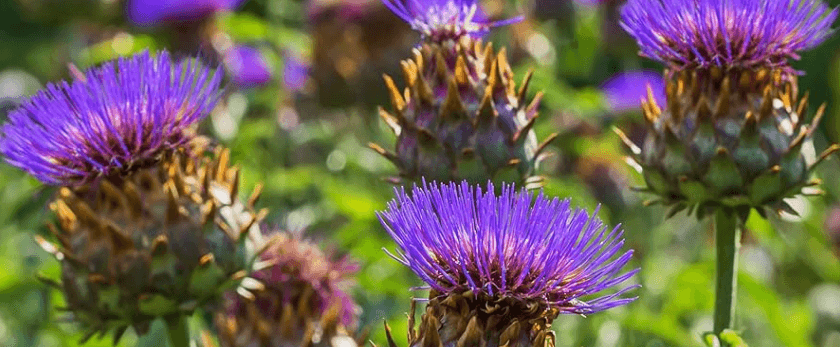Cardoon, also known as artichoke thistle, is a unique and versatile plant that is not only aesthetically pleasing but also edible. It is a member of the thistle family and is closely related to the artichoke. Growing cardoon in your garden not only adds a touch of beauty but also provides a delicious addition to your meals. In this article, we will discuss how to grow cardoon and the best practices for caring for this plant.
What is Cardoon?
Cardoon is a perennial plant that is native to the Mediterranean region. It is a large, herbaceous plant that can grow up to 6 feet tall and 4 feet wide. The plant has large, silvery-green leaves with spiny edges and produces beautiful purple flowers in the summer. The edible part of the plant is the stalk, which is similar in taste to artichokes.
How to Care for Cardoon
Watering
Cardoon plants require regular watering, especially during the hot summer months. It is important to keep the soil consistently moist but not waterlogged. Water the plant deeply once a week, making sure to soak the soil around the roots. Avoid getting water on the leaves as it can cause fungal diseases. During periods of heavy rain, make sure to check the soil moisture and adjust your watering schedule accordingly.
Light
Cardoon plants prefer full sun but can tolerate partial shade. Make sure to plant them in an area that receives at least 6 hours of sunlight per day. If you live in a hot climate, providing some afternoon shade can help prevent the leaves from wilting.
Soil
Cardoon plants prefer well-draining, fertile soil. They can tolerate a wide range of soil types, but they thrive in loamy soil with a pH level of 6.0-7.0. Before planting, amend the soil with compost or well-rotted manure to provide the plant with essential nutrients.
Fertilizer
Cardoon plants are heavy feeders and require regular fertilization to thrive. Use a balanced fertilizer, such as a 10-10-10, once a month during the growing season. You can also use organic fertilizers, such as fish emulsion or compost tea, to provide the plant with nutrients.
Pruning
Pruning is an essential part of caring for cardoon plants. It not only helps maintain the plant's shape but also encourages new growth and prevents the plant from becoming too leggy. Prune the plant in early spring before new growth appears. Cut back any dead or damaged leaves and remove any suckers that are growing from the base of the plant. You can also prune the plant in the fall to prepare it for winter.
What is the Best Time to Grow Cardoon?
The best time to grow cardoon is in the spring after the last frost has passed. You can also start the seeds indoors 6-8 weeks before the last frost and transplant them outdoors once the weather warms up. In warmer climates, you can also plant cardoon in the fall for a winter harvest.
Common Problems with Cardoon
While cardoon plants are relatively easy to grow, they can face some common problems. Here are a few issues you may encounter and how to address them:
- Pests: Cardoon plants are susceptible to pests such as aphids, slugs, and snails. You can use organic pest control methods, such as neem oil or diatomaceous earth, to keep these pests at bay.
- Diseases: Cardoon plants can be affected by fungal diseases, such as powdery mildew and rust. Make sure to water the plant at the base and avoid getting water on the leaves. You can also use organic fungicides to treat these diseases.
- Bolting: Bolting is when the plant produces flowers prematurely, which can affect the quality of the stalks. To prevent bolting, make sure to provide the plant with enough water and nutrients and prune regularly.
- Winter damage: In colder climates, cardoon plants can suffer from winter damage. To protect the plant, cover it with a layer of mulch before the first frost. You can also wrap the plant with burlap or a frost cloth for added protection.
Conclusion
Growing cardoon is a rewarding experience that adds beauty and flavor to your garden. By following these care tips, you can ensure that your cardoon plants thrive and provide you with delicious stalks for years to come. Remember to always practice responsible disposal methods for a sustainable future. Happy gardening!










